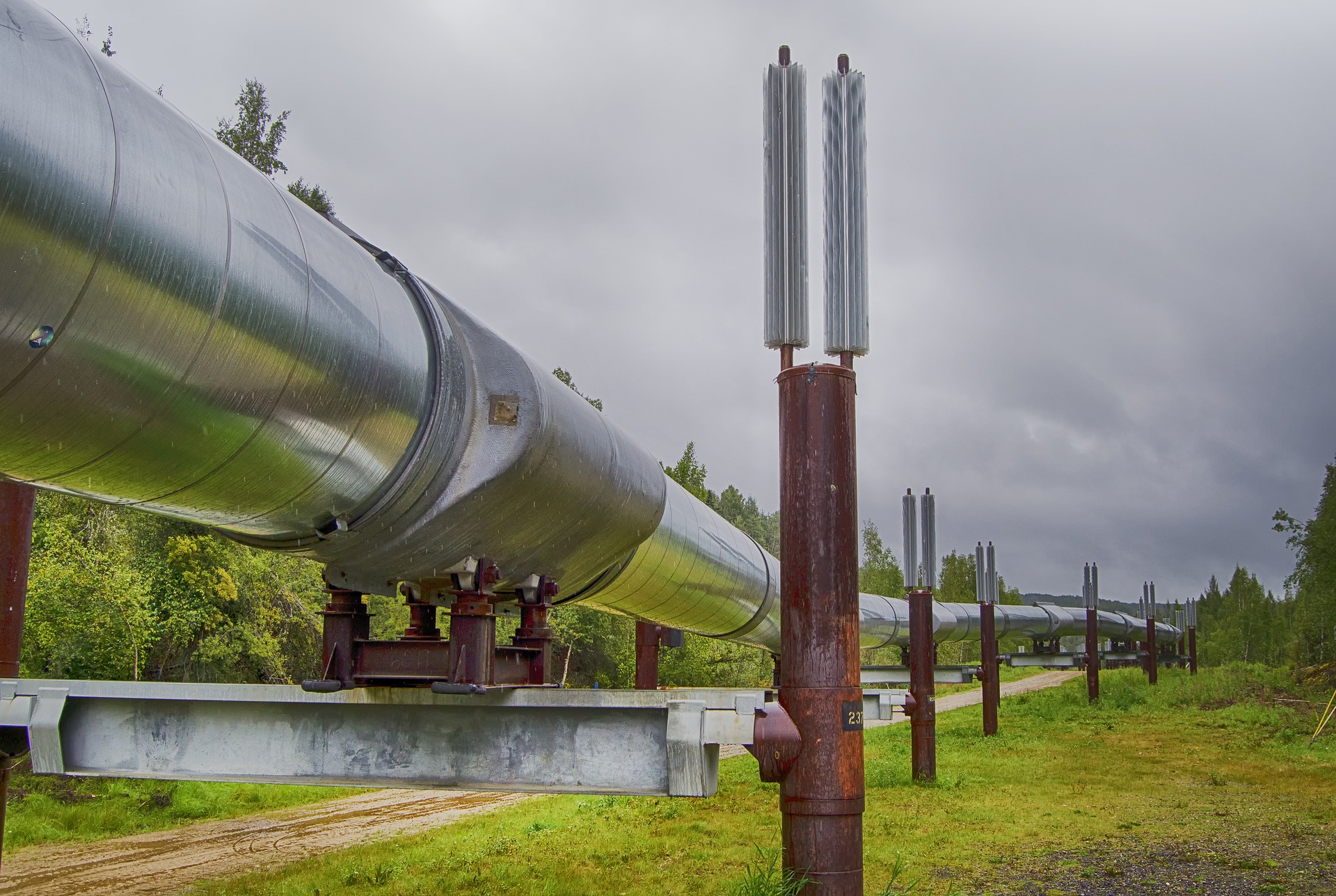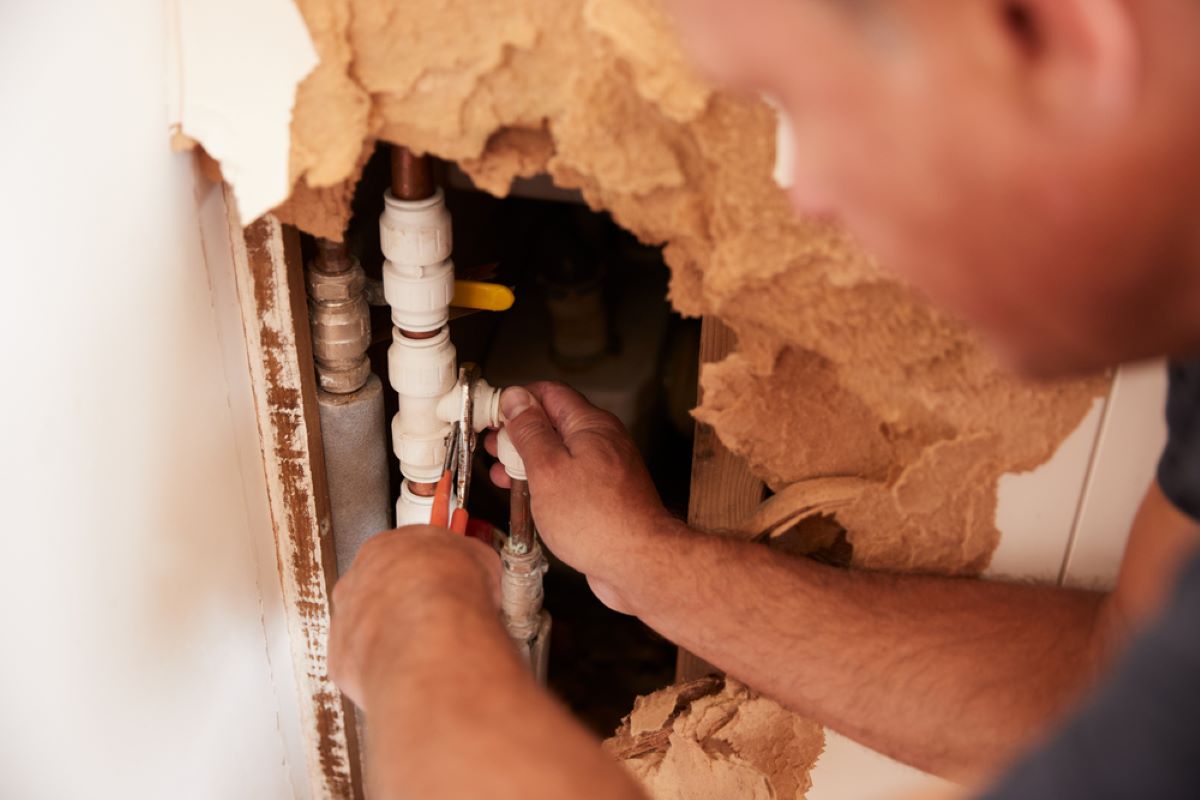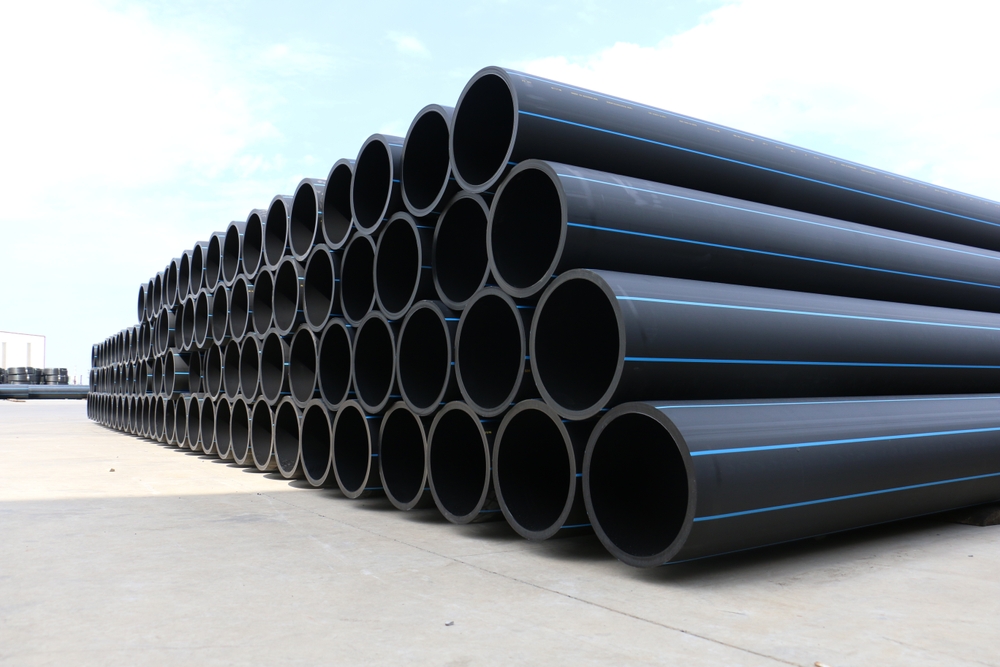Let’s explore field joint coating material that are commonly used!
It is clear that Field joint Coating Specifications do not pay the same attention to technical precision that factory-applied coatings do, which is the primary cause of premature coating degradation.
Evidence suggests that poor workmanship or pipeline inspection may ensue if practical attention is not paid to the differences caused by local environmental conditions, which call for systematic planning to negate.
Field joint coating systems are crucial if we want to guarantee that the complete pipeline coating system will withstand pipeline corrosion during its design life.
What Exactly Is Filed Joint Coating?
Factory-made coated pipes have a predetermined length that is left bare at both ends. Usually, this is done for girth weld coating (GW) or field welding (FW). The pipes are welded at the location where they are.
After the weld test processes are complete, the pipe’s weld joint component needs to be coated before being buried underground. This is coating for field joints.
Commonly Used Field Joint Coating Material
The field joint coating system may include one or more layers of carefully chosen protective coating materials, depending on the type of parent coating or factory-applied coating. These are used for a variety of things, such as adhesion, mechanical protection, thermal insulation, and corrosion prevention.
While a variety of materials can be used to coat pipeline field joints, the following are the most often specified and widely used pipeline protection systems:
Polyethylene Tape
Polyethylene tape is a popular choice for field joint coating due to its excellent resistance to water, chemicals, and abrasion. This material is easy to apply and can provide a strong bond to the surface of the pipe.
Polyethylene tape can be used for both above and below-ground applications and is suitable for use in harsh environments. The tape is wrapped around the welded joint and heated with a torch to create a seamless, waterproof seal.
Polypropylene (PP) Coatings
PP coatings are similar to PE coatings, but they offer better resistance to high temperatures and harsh chemicals. They are also highly resistant to abrasion and impact damage.
PP coatings are applied using a heat-shrinkable sleeve or a two-component liquid coating. The sleeve is wrapped around the joint, and the two components of the liquid coating are mixed and applied to the joint. The coating is then cured, forming a durable and protective layer.
Epoxy
Epoxy coatings are widely used in field joint coating applications. They provide excellent adhesion to metal surfaces and are highly resistant to corrosion. Epoxy coatings are also available in a range of colors, making them a popular choice for aesthetic purposes. There are some pros and cons of epoxy pipe lining that you should know.
Polyurethane Coatings
Polyurethane coatings are known for their excellent resistance to weathering, UV radiation, and abrasion. This material is ideal for use in marine and offshore environments, where exposure to saltwater and harsh weather conditions is common.
Polyurethane coatings can be applied by spraying or brushing onto the welded joint and can provide long-lasting protection against corrosion.
Coal tar enamel (CTE) coating
Coal tar enamel (CTE) coating is a traditional material that has been used in field joint coating for many years. It is a thermosetting material that is applied by brush or spray. CTE is highly resistant to water, chemicals, and abrasion, and it provides excellent protection against corrosion.
However, CTE is not as flexible as other materials and may crack under thermal cycling, which can lead to corrosion.
Field Joint Procedure
Surface preparation: The surfaces of the pipeline or structure to be coated are first cleaned and prepared to ensure that the coating will adhere properly.
Primer application: A primer is applied to the prepared surfaces to provide a bonding layer for the topcoat. The primer should be allowed to dry completely before proceeding to the next step.
Topcoat application: The topcoat is applied over the primer layer to provide the desired level of protection. The coating material used may be an epoxy, polyurethane, or other type of material that is compatible with the primer.
Inspection: The coated joint should be inspected for any defects or areas where the coating may be compromised. Any issues should be addressed before the pipeline or structure is put into service.
How To Develop A Successful Field Joint Coating?
The engineer must take into account additional elements in order to create a field joint coating system that works, such as choosing the right product to ensure compatibility with the mainline coating and the performance of the coating system as a whole under pipeline operating conditions.
The rate of corrosion is influenced by a number of factors, such as but not limited to pipeline operating temperatures, soil or water conductivity, external accelerators, acids, and alkalis, as well as microbiologically influenced corrosion, chemical attack, stray current corrosion, and pipeline stresses that result in stress corrosion cracking.
FAQs
What is the field joint coating standard?
On the fully finished field joint coating, the field joint coating must have a minimum thickness of 2.5 mm. While the thickness at the weld seam’s apex must be at least 2.0 mm.
What are the two fundamentals of coating?
Adhesion: The coating must stick to the product, indicating that the substance and the product must have some degree of affinity.
Coalescence: When a liquid is involved, several droplets may combine to form a single, continuous layer.
What are coatings made of?
The six essential ingredients of a coating’s composition, whether it be an inhibitive primer or a glossy topcoat, are binders, pigments, extenders or fillers, solvents, rheology modifiers, and special additives.
Bottom Line
The diameter of construction pipeline is increasing along with social, scientific, and technological advancement, and HDD pipeline requires more anti-corrosion and armoring coating. Therefore, better anti-corrosion, armoring, and field joint coating research, development, and application are required based on the optimization of HDD technology, and the coating must be more suitable for HDD technology and geological circumstances.
The HDD process conditions, technical viability, cost-effectiveness, and environmental friendliness, among other factors, must be taken into consideration during the application process. Improve the coating’s damage resistance and anti-corrosion resistance by studying the corrosion mechanism at the HDD pipeline break section.





